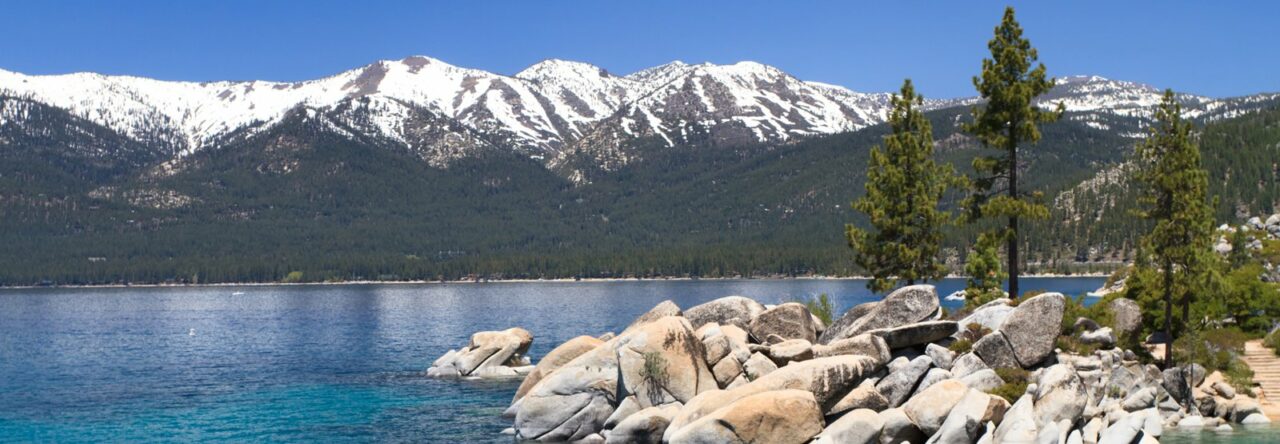The weather is not what we ordered…but we did wake up to some elk right outside the RV this morning…so that was pretty neat. We started off at the Mammoth Hot Springs visitor center and got the kids going on their junior ranger patches. There’s always something interesting to learn when you take the time to read everything inside before you head out into the park. Here are some tidbits…

Yellowstone National was the FIRST national park in the United States. It became a national park on March 1, 1982 under President Ulysses S. Grant.

Animals that have antlers such as elk, deer, and moose lose their antlers every year. Antlers are one of the fastest growing bones. Even though I knew deer lose their antlers every year, its pretty crazy to think that elk and moose re-grow those giant antlers each year.
Contrary to above, horned animals, like pronghorn sheep and bighorn sheep, keep their horns for life. If one breaks, the broken part does NOT grow back. Both males and females grow horns. Similar to your fingernails, horns, hooves, and claws are all made of keratin but horns have a bony core and are rock hard. Fun fact, to guess the age of a bighorn ram, you can count the rings on its horns similar to tree rings.

Yellowstone National Park helped save the bison. Once there was an estimated 30-60 million bison in North America. By 1901 there were less than 50 in Yellowstone. In 1902 Congress funded a restoration program, bought and moved 21 genetically pure bison to the Lamar Valley. Now there are around 4,500 in Yellowstone National Park.

We decided to do a ranger led walk up through the Mammoth terraces but somehow weren’t at the correct meeting spot. We finally caught up with them 1/2 way through but only stayed for about 15 minutes. It was raining, we were freezing, and I don’t think he could’ve talked any slower or without enthusiasm. But we read enough that we understood the geology of what was going on. The terraces are really pretty and intricate. The soil here is primarily limestone. Limestone is essentially old sea floor bed, a lot of calcium carbonate that came from old sea shells, coral, etc… This is soft rock and the the heat from below the earth dissolves the “soft” limestone and is re-deposited above the surface as travertine. Because the rock is soft, no pressure really builds up and the water flows up freely and the process is fairly quick. Back in the day there was a gentlemen that would sell “souvenirs” to tourists. He would have them pick something out like a comb, fork or horseshoe. He would leave them in mammoth hot springs for a period of 5 days and when the tourist would return at the end of their trip, the souvenir would be covered in travertine.


We then drove to Lamar Valley where we got to see the bison roaming the valley. I think the bison in Yellowstone are my favorite thing to see. They are so big, so many, and I just like watching them move. There were no bison traffic jams as I remember from my time here 15 years ago, but watching them down in the valley, there’s something majestic about them.



We heard that today would be raining, but that most likely tomorrow would be snowing. Edwin did buy chains for the RV but was also hoping that would be a “just in case” and not actually have to use them so we decided to continue driving to Canyon which is one of the more treacherous and high in elevation drives. On the way you drive by the Grand Canyon of Yellowstone. The rock formations are super neat along the road too. It’s also where we saw a black bear sleeping in a crook of a tree. It was quite the drive. We rose above 8000 feet and was happy it was not snowing. But there was snow at the top of Dunraven Pass so I jumped out to get a picture of the summit, threw some snowballs at the car windows, and grabbed some snow to make a coke slurpee. We got to the Canyon visitor center just before closing and picked up a “Scientist in Training” booklet that is offered both at the Canyon and Old Faithful visitor lodge. We drove to Artist Point at Lower Falls and was blown away. Even in the rain the colors were amazing. We did not have enough time here but it was starting to get dark…and it was STILL RAINING.









No camping at Canyon so we drove down to Norris campground and were happy we got there. Had an amazing spot right next to this beautiful winding creek and decided it was the night to show my mom and the girls A River Runs Through It. We watched the first “happy hour” before we turned it off and went to bed.
